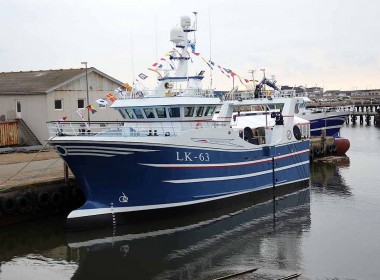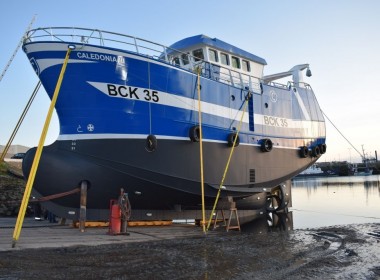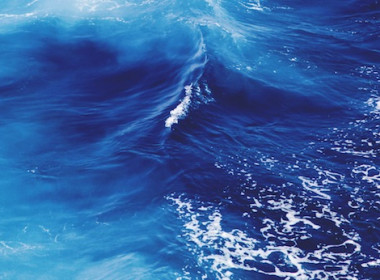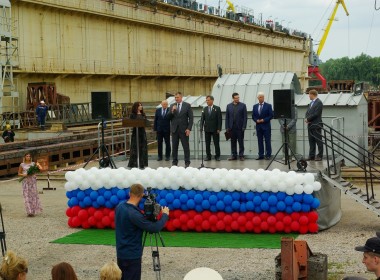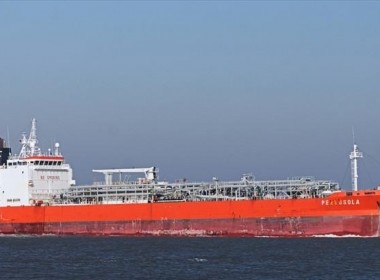NTSB cites overloading, poor stability assessment in fatal fishing boat capsizing
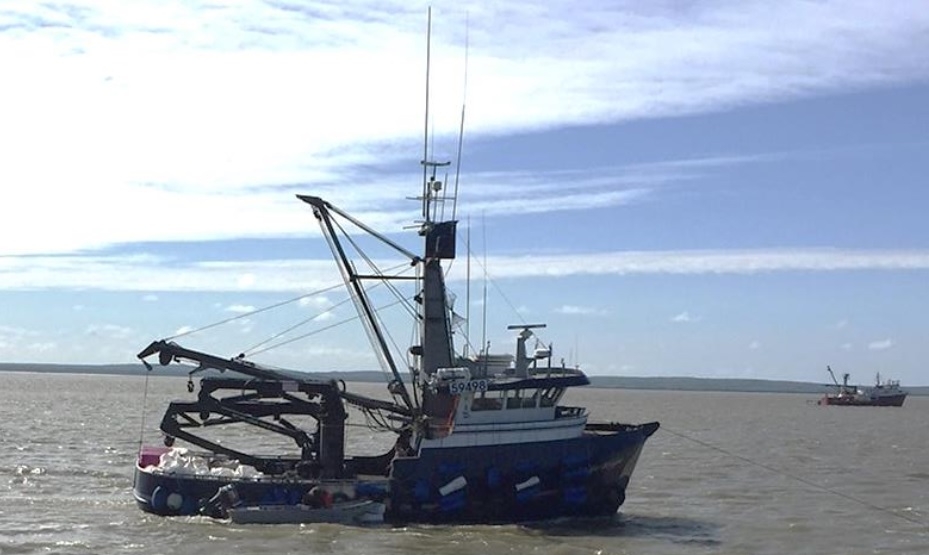
The US National Transportation Safety Board (NTSB) has released its findings following an investigation into the 2018 capsizing of a fishing vessel that left one person dead and an estimated US$1.55 million in property damage.
On July 25 of that year, at about 06:30 local time, the 17-metre-long commercial fish tender Pacific Knight capsized while at anchor about 17 kilometres south of Dillingham, Alaska. Two of the three crewmembers on board were able to escape the vessel and were rescued by a nearby Good Samaritan fishing vessel.
The third was unable to escape and subsequently drowned.
About 5,447 litres of fuel and 1,135 litres of hydraulic oil were found on board, with an undeterminable quantity released in the water. Pacific Knight, valued at US$1.55 million, was declared a constructive total loss.
Built in 1989 by Peacock Boat Company, Pacific Knight was a seiner and longliner fishing vessel owned and operated by Lone Fisherman in Petersburg, Alaska. It was under contract with Icicle Seafoods as a fish tender for salmon in the Bristol Bay area.
At the time of the accident, the tender had a crew of three: the 31-year-old captain, who was also the vessel owner and president of Lone Fisherman; and two deckhands, one of whom was the captain’s 59-year-old father and the other, a 16-year-old male.
Accident events
On July 24, the vessel was at anchor in an area known as Queens Slough in Nushagak Bay, about 1.6 kilometres north-northeast of Clarks Point awaiting delivery of fish, which they would in turn deliver to the local cannery.
Queens Slough had a large tidal range that brought with it strong currents and a changing bottom. Twenty to thirty other vessels were at anchor in the area, including the fish tender Amanda C, which was anchored astern of Pacific Knight.
The strong current caused some vessels to sheer back and forth on their anchors. According to one witness, Pacific Knight sheered back and forth “a lot” with the current.
That evening around 19:30, a witness on another vessel about 90 metres away saw Amanda C deliver sacks of ice to Pacific Knight. The ice was being transferred using the knuckle crane on Pacific Knight‘s starboard side.
With each hoist, Pacific Knight would noticeably list to starboard. Within the hour, the witness noticed the stern of the tender sink so deeply into the water that the vessel’s name on the stern could no longer be seen.
At that time, the two deckhands were handling the crane and the sacks coming on board. The witness said he could see the captain moving back and forth from the wheelhouse to the open deck directly behind it and appeared to be concerned and focused on looking at the stern.
By the time the loading was complete, the freeing ports at the main deck at the mid-section of the vessel were under water as well.
The captain of Amanda C stated they loaded about four sacks of ice to the deck of the Pacific Knight. He estimated the weight of each sack to be about 226 kilograms.
While at anchor, in the early morning of July 25, the captain was in the wheelhouse while both deckhands were sleeping below. The senior deckhand was sleeping in the portside berth and the 16-year-old deckhand was sleeping in the bow berth.
The captain told US Coast Guard investigators that about 05:30, he did a walkthrough of the boat, including the engine room, and all was satisfactory at that time. Afterwards, he went back to the wheelhouse where he lay down on the day bunk to listen to some music and fell asleep.
Sometime between 06:30 and 07:00 the captain was awakened when he rolled off the day bunk and landed in water on the port side of the wheelhouse. He explained the vessel was lying on its port side and was flooding quickly, so the captain climbed up the starboard side of the wheelhouse and kicked the door open, which exited to an open deck aft of the wheelhouse.
Once outside, the captain found himself in the water and was swept under the anchor line as he cleared the rigging. He and the 16-year-old deckhand were later picked up out of the water by the crew of Amanda C.
A subsequent search of the area in the immediate aftermath of the accident found no trace of the senior deckhand. His body was not found until August 29, when the tender’s wreckage was recovered from the water.
He was located under a table in the galley area and he was not wearing an immersion suit or a lifejacket.
An autopsy determined drowning as the cause of the senior deckhand’s demise.
Additional information
The area where Pacific Knight was anchored was known to have strong currents and could be extreme due to the combination of both river and tidal constituents. Two captains from nearby fish tenders at the time of the capsizing estimated that the current was 3-4 knots with an ebb tide, which was consistent with the NOAA tidal current predictions of about 3.7 knots with a mean ebb direction of 217 degrees true.
According to an insurance survey report conducted in April 2015, Pacific Knight had a stability booklet that was dated April 23, 1996. This booklet was not found in the wreckage, and the captain was not able to find a copy.
The captain declined to disclose the history of the vessel for the time he had owned and operated it (since 2013). Few records were found related to the maintenance history or to any conversions and modifications.
Based on past photographs and the April 2015 insurance survey report, two modifications were made to the vessel that could have affected the load line and stability.
First, the aft deck enclosure and equipment, which also included long lining equipment, was removed at an undetermined time.
Then in June 2018, before the start of the vessel’s tender contract, two pedestal cranes were added to the main deck. On the starboard side was a knuckle-type boom crane and on the port side, a larger and heavier telescopic crane.
Investigators found no weights or installation specifications for the cranes, nor was a stability assessment made after their installation.
According to a report filed by Alaska state and wildlife troopers, an eyewitness informed them that the two large cranes on the deck of Pacific Knight required frequent positioning to maintain proper balance of the boat.
When Pacific Knight was refloated, the starboard crane was found in the extended position above the deckhouse and the port crane was found with its boom extended to the top of the deckhouse and knuckled down to the port corner of the main deck.
According to an initial statement given to the coast guard by the captain of Pacific Knight, they had about one tonne of ice in the aft fish hold and the main fish hold was about three quarters full of seawater. Additionally, the captain of Amanda C confirmed they delivered about four sacks of ice to the main deck of Pacific Knight.
Fish tenders stock ice, which is received from the cannery, to provide to the fishing vessels that offload their catch to the tenders.
It is unknown why the main fish hold was slack and not pressed up.
Given the lack of accurate data for liquid and weight distribution on Pacific Knight at the time of the capsizing, no post-casualty stability assessment was carried out for the vessel.
Analysis
Witnesses to the sinking of Pacific Knight recalled the vessel capsized to port and sank rapidly, leaving only the starboard quarter out of the water.
The vessel had no reported problems, and the hull showed no post-salvage signs of leaks or damage. Thus, there is no evidence that any hull damage, machinery defects, or structural failures led to the capsizing and sinking of the vessel.
At the time of the accident, Pacific Knight was likely overloaded. According to witness accounts, while at anchor prior to the accident, the tender had a very small freeboard and a stern trim that submerged the vessel’s name on the transom.
Even for vessels whose overall center of gravity remains constant, a vessel operated at a deeper draught (lower freeboard) typically has less stability than when operated at a lesser draught (higher freeboard) due to a reduction in righting energy. It also tends to lower the range of a vessel’s stability as seawater can enter any openings and downflood into compartments at lower angles of heel.
Further, excessive stern trim also reduces righting energy and makes downflooding through aft openings occur earlier. As such, with slack water in the main fish hold, an induced heeling moment on the vessel from an external force such as wind, waves (even small ones), wake from another vessel, vessel movement from the current while at anchor, or contact with the bottom would have likely induced a list.
The list would have caused water in the fish hold to flow to the low (port) side of the vessel, and this free-surface effect would have been detrimental to stability. The cumulative effect of these factors likely resulted in a condition of neutral stability, with little reserve buoyancy or righting energy to resist capsize.
The last stability assessment of Pacific Knight was conducted in 1996, about 22 years before the accident, and would not have included any modification done to the vessel since then.
The weight and placement of the two cranes that the captain added to contract for tendering a month before the sinking likely increased the vessel’s vertical center of gravity (based on the position in which the cranes were found when salvaged). Though not required for uninspected fishing vessels like Pacific Knight, once the vessel was substantially modified by removing and adding equipment, a revised stability assessment should have been conducted to reflect the changes.
Had it been, the captain would have had the necessary information to safely load the vessel for specific operations.
Probable cause
The NTSB has determined that the probable cause of the capsizing of Pacific Knight was the captain’s inadequate assessment of the vessel’s stability and the risks related to vessel modifications, slack water in the tanks, and overloading of the vessel.


